But before the main cave, let me introduce what might be Costa Rica's newest known cave, Cueva Scouser. Warren Roberts found this rather short cave near the main bat cave and we mapped it. Not too much going on inside but it had about 40 bats, with 30 of them being Carollia perspicillata and the others one of the Glossophaga species. Note that these IDs are based on me being able to observe the bats from quite close but not handling and keying them out. Both of these genera of bats have a couple very similar species.
|
Costa Rica doesn't have an enormous amount of limestone topography, the usual place for caves, but it has some and there are some pretty cool caves here. However, the cave-loving bats have to use whatever they can find in areas without many caves, and we were able to visit a sea cave with one of the largest cave bat populations in the country. This cave is pretty far from where one would look for caves and an unusual bat cave. But before the main cave, let me introduce what might be Costa Rica's newest known cave, Cueva Scouser. Warren Roberts found this rather short cave near the main bat cave and we mapped it. Not too much going on inside but it had about 40 bats, with 30 of them being Carollia perspicillata and the others one of the Glossophaga species. Note that these IDs are based on me being able to observe the bats from quite close but not handling and keying them out. Both of these genera of bats have a couple very similar species. The big bat cave isn't much of a cave. It is a sea cave in a highwall of rock along the Pacific Ocean and apparently doesn't get enough pounding from the sea to evict the bats. Total length is only about 70 meters of linear passage. There is a spit of sand that comes right to the entrance, so no wading or swimming to get to the cave, but... After passing the constriction where Don McFarlane was in the last photo, the cave is all walking passage. Still kinda wet though, and the smell quickly gets quite awful. The bats are high up in a fissure at the back end and, well, it is a fairly unpleasant place to be. The floor is 18 inches of... Sorry about the quality of the last photo. It looks great on my computer but lousy as an upload to the blog. And let us not forgets the other animals that love a good bat cave. There are hundreds of giant cockroaches on the floor. I ended up with them up my pants and even in my pockets finding them later. Gotta love those big cockroaches to work in tropical bat caves. So, back to the bats. There were quite a lot of them in the cave, all up high in the top of a thin fissure. Hard to get a photo showing the colony for a number of reasons, such as their location, the hot and humid cave environment fogging the camera lens, and well let's just say that is was raining bat pee and poo down on me and the camera which is an understatement. But I managed to get a good shot of them. Here is another shot, taken later in the evening after some had already left the cave for the night, but a wider angle of the roost. Coming out of the cave I took a photo of my boot. Well, you can't see my boot at it is under some really horrible stinky sludge. I love working with bats but sometimes it can be less than optimal. However all this seems, I do have to say that when coming out of the cave it is quite an attractive site. The sky and the rock make a pretty neat composition.
0 Comments
Welcome to another COSTA RICA week on tropicalbats.com. For the next week or more I will be posting photos from Costa Rica. Most will be from the Firestone Center for Restoration Ecology (FCRE from here on out) but will note if any are from elsewhere.
To get things started... Shortly after arriving this year at the FCRE I had a short walk around the ecology center to look at what's new and all that kinda stuff one does after being away for a year. And while looking at this one small palm tree outside one of the dorm rooms I saw two faces staring back at me. A quick photograph allowed me to identify them as tent-making bats (Uroderma bilobatum). These bats chew the ribs of plant leaves to sorta droop them over into a tent. There are hundreds of these tents on the property at any given time, and on several different species of plants, but here they just cut a little parallel line beside the main rib and it was hard to even notice that the leave had been modified. Visible, but hard to notice, is a white line that starts near the nape of the neck and goes down the back. Beautiful bats. Transnistria is a non-UN recognized country that is too complicated to fully explain here. It calls itself Pridnestrovian Moldavian Republic, but even as it has it's own government and all, it is considered part of Moldova which calls it the Transnistria Autonomous Territorial Unit with special legal status. Most of their coins, yes they issue their own money, are in kopeks and roubles (or rubles) but in 2005 they joined a long parade of countries that have done such and issued a "trial" Euro coin. This is not a legal tender coin and is considered a Fantasy Issue. The coin is bi-metal and just larger than a US quarter, coming in at a 21.8mm diameter and 7.2g weight. The outer ring is made of nickel-brass and the inner part is copper-nickel. With a mintage of just 1,000 coins it is not particularly common. The obverse is somewhat sparse, showing the date at the top and the word TRANSNISTRIA at the bottom, with a stylized bat in the middle. The bat would appear to be a characterized flying fox of some kind, but not a particularly good looking one. While I like the basic simplicity of the design, the tail looks much to much like a plane rudder and not bat-like at all. But the killer for this design is that the bat's left wing (the one on the right on the coin) has one too many fingers! Look at the difference between the wings and it is quite obvious. The reverse of the coin is quite nice, showing a blind Lady Liberty holding her scale and a sword (in case the scale doesn't balance I suppose). It also has the 2 Euro denomination in the center. The outer ring has the words "probe - essai - trial" along with two series of four stars each. The words are essentially the German, French and English words that designate a "pattern coin" which sorta helps note that this is not a legal tender issue.
Australia loves its big bats, so a coin with a flying fox on it is to be expected. This interesting coin is part of The Air Series, which of course followed The Land and The Ocean series. I wonder if they ever did The Fire series to cover them all? The coin is made of an Aluminum/Bronze combination and is about the size of a US quarter coming in at 9g with a diameter of 25mm. On the card that comes with the coin is the mintage "unlimited" but the posted mintage figure for the coin is 17,002. Pretty high number for a specialty bat coin. Depicted on the reverse is the grey-headed flying fox (Pteropus poliocephalus), which is a large Australian bat with a wing span of up to a meter or so. A favorite food of these bats is the fruit of the Lilly Pilly tree, and that is what is depicted on the reverse as leafy branches with flower/fruit clusters. The bat itself is "pad printed" onto the coin, which is a method of printing in 2D on a 3D object. The bat looks good at a distance, and is accurate and all, but up close it is very noisy and not a very crisp image. Additionally there is the denomination of 1 DOLLAR. The obverse of the coin is the usual design for coins of the British Realm, a picture of Queen Elizabeth II along with text noting that and the country and date. And that would be the end of the story, but there are two more things to note here. First, this is not a proof coin, but a matte uncirculated coin. So the finish on the flat fields is a satiny matte, while the raised portions are shiny smooth. Kinda the opposite effect of a cameo proof. This isn't so easy to see in the above images, so here is a different angle. Which brings me to the final thing. Note the bits of dust and stuff (even a sliver of plastic wrapping) in the photo. These coins are issued in a blister pack on a cardboard card, and so the photos were taken through plastic and crud and really hard to make a very well-made coin look good.
The card it is mounted on contains a number of factoids, many of which are noted here. The side with the bat on it however is quite nice, with a highlighted bat on a field of tree/bats in silhouette. The moon is hiding behind the bat making for the silhouette effect to be very realistic, which begs the question where did the light come from that is shining in the bat's eyes and lighting it up? Trivia, as this is a very nice image. The rest is readable in the photos below, but the circular hologram just did not like my photographic light. It is a little circle with a kangaroo and emu in the middle on the sides of an Australian emblem and the number "50" which I do not know the meaning of. Surrounding this are the words: official numismatic program Royal Australian Mint Now THIS is a bat coin! Canada started its "Nocturnal by Nature" series in 2016 (owl) and continues it this year with the little brown bat. These coins are beautiful, clever and extremely well done. The little brown bat (Myotis lucifugus) is the focus animal, but designer Calder Moore (initials under the bat's wing) outdid himself. First, and most striking, the coin is partially plated (including the rim) in Rhodium. And a little about that... Rhodium is a rare precious metal (runs about $1,500 per ounce so just more than gold) that comes in at number 45 on the periodic table (symbol Rh). It has some cool properties like being completely impervious to nitric acid, but few uses. It's main use is as a noxious chemical "cleaner" in catalytic converters in vehicles, which is why those things are so expensive to replace and a target for thieves. But back to the coin. It is a big coin at 38mm diameter, and weighs 31.39g so pretty much a standard 1 oz round size. Made of pure silver it is a matte proof so has the ultra-smooth fields and frosty cameo raised areas (primarily the bat and the queen). And as the mint notes, tilting the coin shows different levels of matte and glossy shine depending on how it is held. See the video from the mint at the end of this post. So, the standard bits on the obverse: CANADA, 20 DOLLARS, and the date 2017. And without tons of distractions, there is just the bat and the moon. The moon is not plated in rhodium, and so appears as if shining brightly in the night sky, a very cool effect. And it has such detail that it looks like a 3D NASA map of the moon's surface. Fantastic detail. Now the bat itself, seen here flying in a Rhodium night with a full silver moon behind it. Noted in the Certificate of Authenticity as a Little Brown Bat, I would almost tend to agree. The anatomy is perfect for a bat, right down to minute details like the gap between the upper canine teeth and the tragus visible inside the ear. And really, it is an honest bat with such things as the bone structure perfect and the shape of the tail membrane correct with the calcar (little cartilage bits that come off from the ankles and run along the edge of the tail membrane) creating the proper flight shape. One of the best bats on coins, no doubt. My only grief here is that the face and ears do not exactly look like a little brown bat, and maybe that the body is too large as that would be a pretty darn fat little brown. Anyway, to be specific about the face and ears, I would suggest that they were actually taken from a silver-haired bat (a very common bat in Canada). The ears are too blunt and rounded, the tragus is much too blunt and the face looks flatter. Now understand that these bats are in the same Family, and are look quite similar in black and white, but I just see a silver-haired bat when I look at it not a little brown. Of note, however, the silver-haired bat has more fur on the wing and membrane areas than depicted here, so it doesn't seem like a wrong-bat fail, just an odd face on a little brown. The reverse is the usual fare, with Queen Elizabeth looking particularly good (she is currently 91 years old) in this Susanna Blunt design and the text ELIZABETH II AND D.G.REGINA around the rim. The Royal Canadian Mint produces a large number of interesting coins, and does a very good job with them, with this one being a standout. And they did a spiffy little YouTube video of this one to show how the looks vary depending on lighting angle, so I leave you staring and the thing going round and round... This is only a bat coin in the broadest sense. There are untold numbers of coins and coin-like things with the Chinese blessings symbols on them, and the bat is one of the more prominent symbols. Often the only symbol, with a ring of five bats making up the design. But I am just firing up this round of bat coins and this one was next on the list. While this is a coin, with a denomination of five Canadian dollars, it was minted more as silver bullion. I can find no mintage figure so really don't know how many were made, but it sold for just a little over the value of the silver and most major dealers sold out of them fairly quickly. It has a diameter of 38mm, like most silver rounds and weighs in at 1 ounce. Other similar coins to this one were also minted in other years and also in gold, but it is not enough of a bat coin for me to collect every variety available. The obverse is the standard issue current portrait of Queen Elizabeth II with just a few words around the rim noting just that along with the date and the denomination. Of note, these come in a tightly sealed plastic wrap, so the photos have weird glare around the edges. This also created a problem for the coins themselves as many were issued with "milk spots" on them likely from impurities inside the casing when it was sealed. These spotty ones are not in demand so look carefully at any of these if you are thinking to buy one. The reverse of the coin has the four animals and one symbol associated with the five blessings. The bat is up top and is, as usual for such things, highly stylized and actually quite dragon-like up close. Very hard to get an acceptable photo through that plastic sheeting of the details, but... The other animals are the deer, cranes and magpie along with the Chinese symbol for good fortune. The other animals are pretty close to reality, so interesting that they still chose to use the stylized bat instead of a real example. Other than that it has the country name on it and notes that it is 1 ounce. 0.9999 fine silver is written both in English and in Latin for all those folks who don't get to read enough Latin in their daily lives.
Stay tuned! Canada really rocked the house with its latest bat coin, and that one will be up next... It is time for another round of bat coins. To start off this set, a fine coin from Austria. This is a copper 5 Euro coin commemorating the Johann Struass II Operetta "Die Fledermaus" or in English, The Bat. The coin is just a shade smaller than a US half dollar, coming in at 28.5mm in diameter and 8.9g in weight. And it is nonagonal in shape (your word of the day! meaning 9-sided), which is certainly an odd shape. But it looks pretty cool. It came in two versions, one copper and one silver (I will get to the silver one at a later date) neither of which were for general circulation. Even so, 200,000 were minted so not exactly a rare coin. The obverse is a depiction of a lady drinking champaign at a ball (the operetta is not about a bat, but about a ball in Vienna, Austria in the 1800's). In the upper left are the words "DIE FLEDERMAUS" (The Bat in Austrian/German) and among the cluster of champaign bubbles is a flying bat. It is a fine little bat of some kind, looking very much like an insectivorous bat from Europe. The nose is a bit cat-like instead of bat-like, but that is such a small detail! The reverse, while spiffy enough, is standard coinage fare. The shield of the 9 Federal Austrian States surrounds the denomination and around the rim are the words "REPUBLIK OSTERREICH" AND "EURO". And finally, the edge of the coin also got a treatment. The flat sections have reeding while the bits near the bends do not. So overall a lot of interesting geometry and details but not too much about bats going on.
If you are not familiar with stinging nettle, this is what it looks like. This stuff has a world of needles that really give a good sting if you brush up against it. Pretty much a great plant to avoid walking through.
So here is a photo of Josh Foust at a bat roost tree and the forest floor of stinging nettles that we had to walk through to find the tree. Oh the fun of working with bats in the field some days, as this whole valley bottom was full of the stuff. This bat was seen eating a fig while walking in heavy rain at night. Not so easy to get a sure ID on it so I am going to research things before naming it. But pretty cool to see it holding the fruit and all..
On our night walk in the pouring rain, we found that some bats were just roosting in the low vegetation waiting out the rain. This bat is the striped yellow-eared bat and has, as expected, some yellowish coloring on the ears and a mid-dorsal white stripe that is just visible in this photo.
|
AuthorKeith Christenson - Wildlife Biologist Categories
All
Author
Keith Christenson Wildlife Biologist Archives
September 2021
|
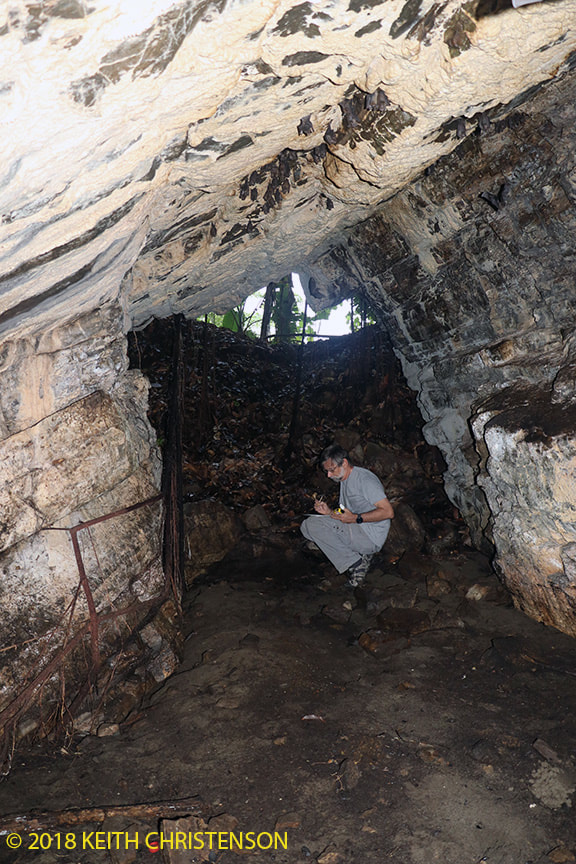
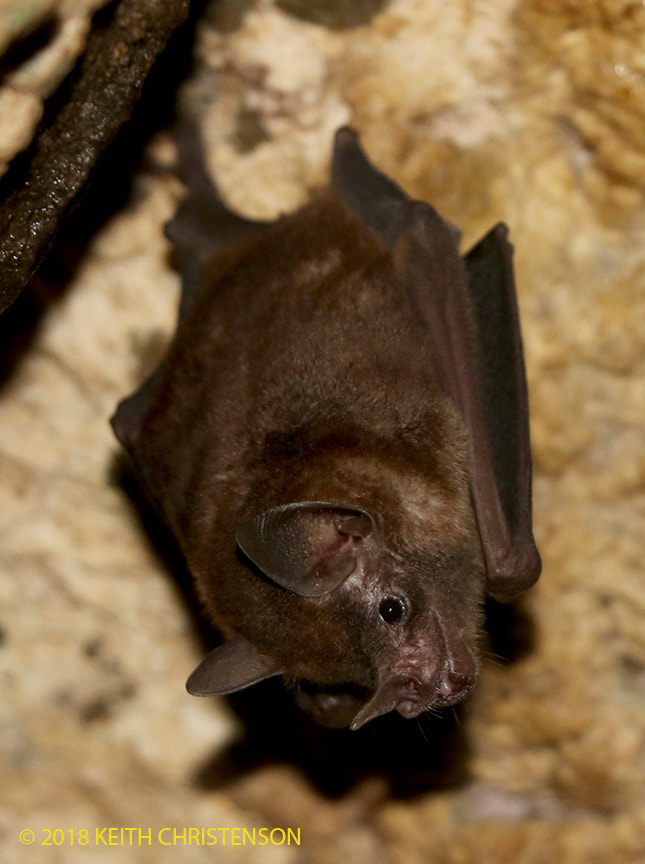
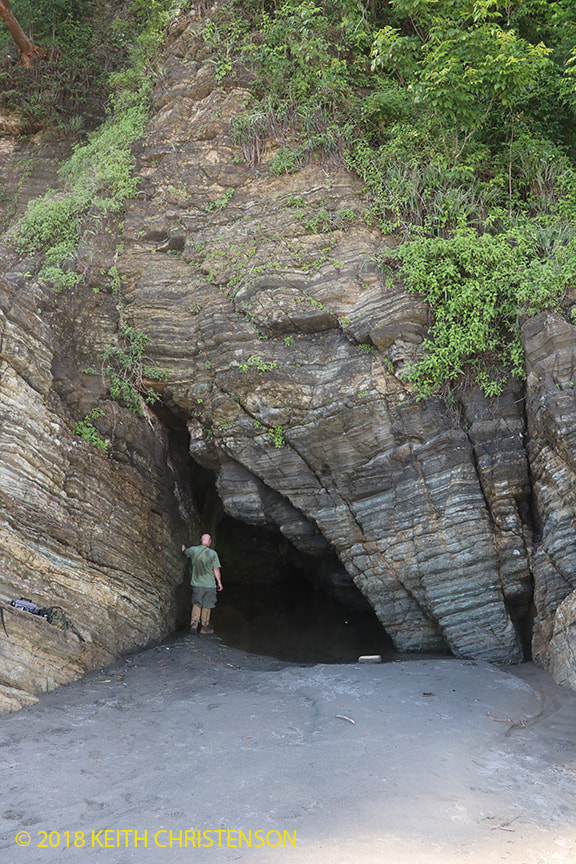
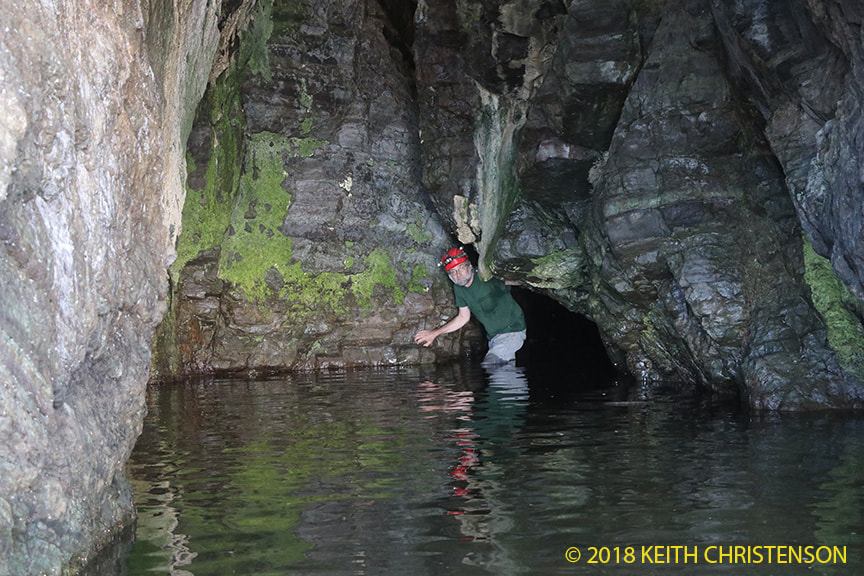

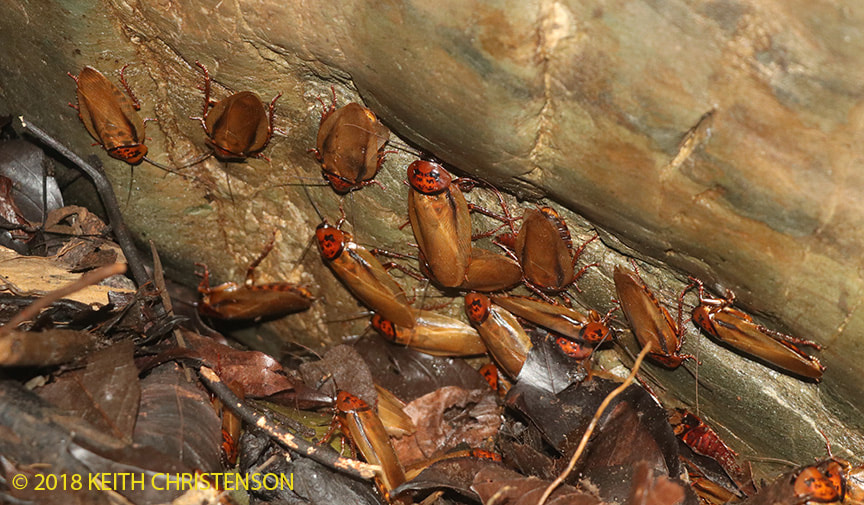

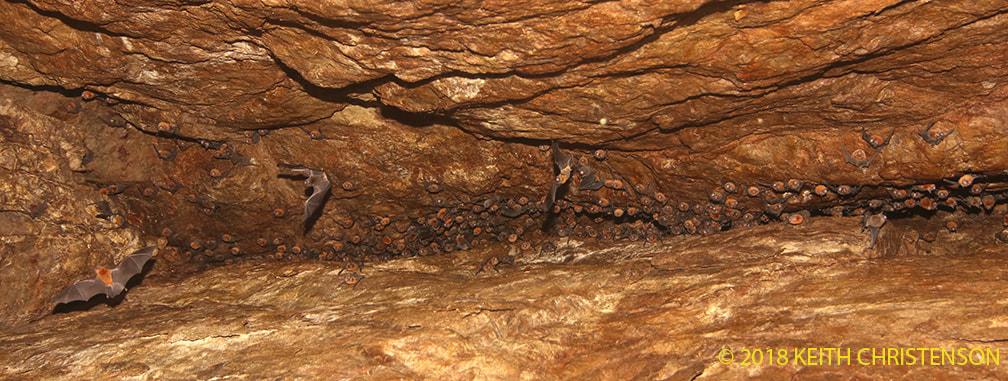
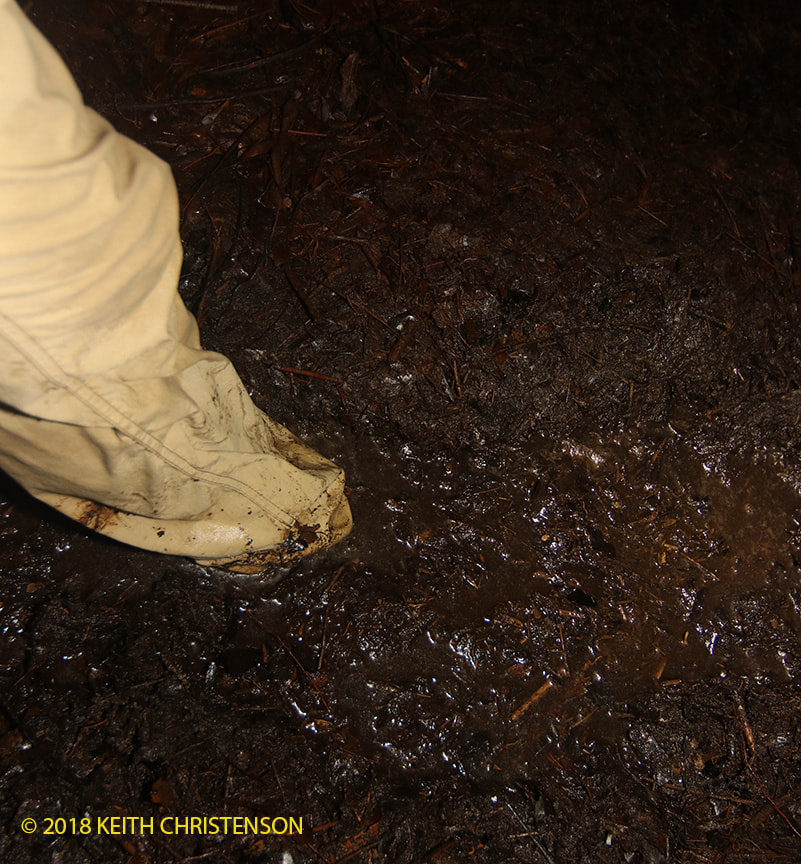
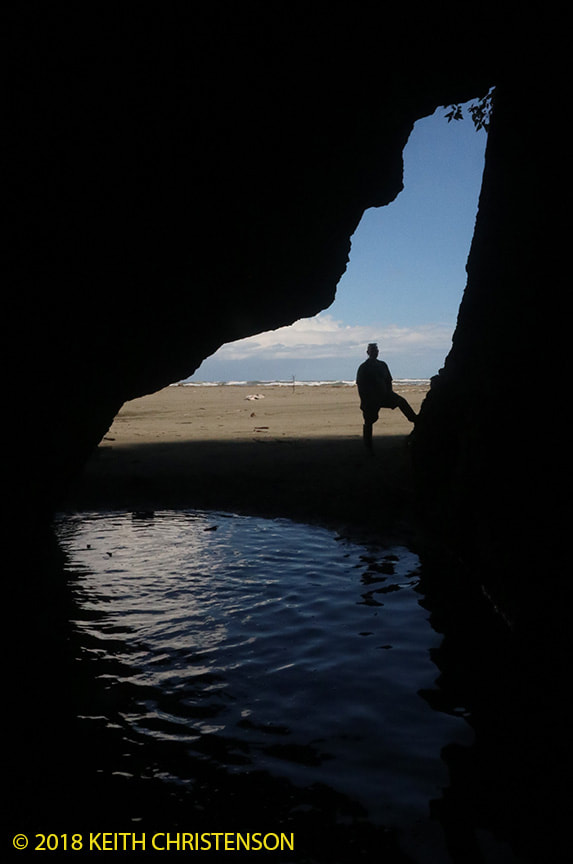
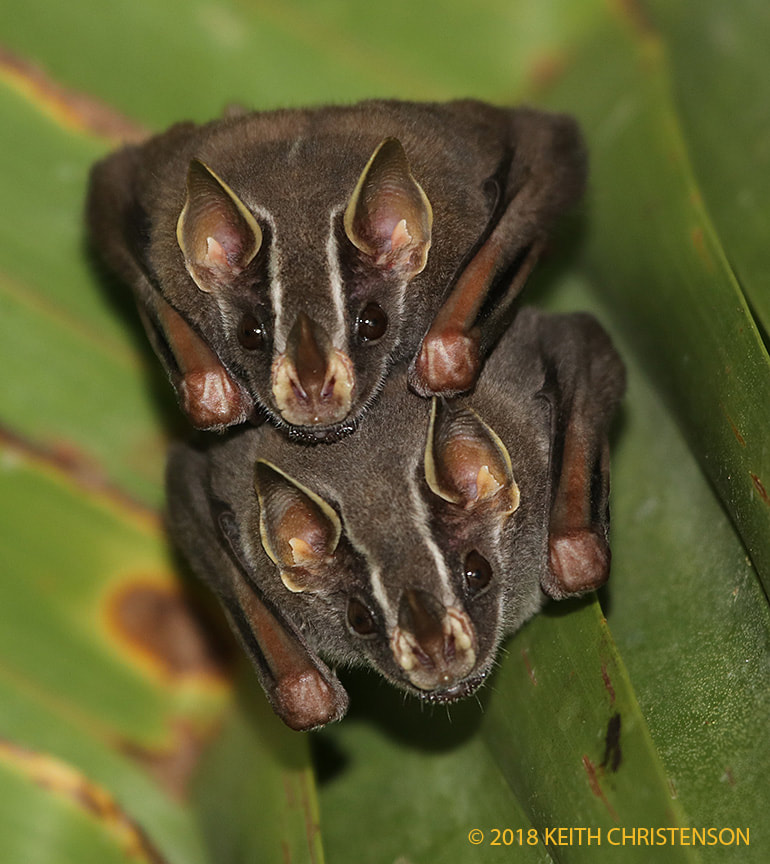
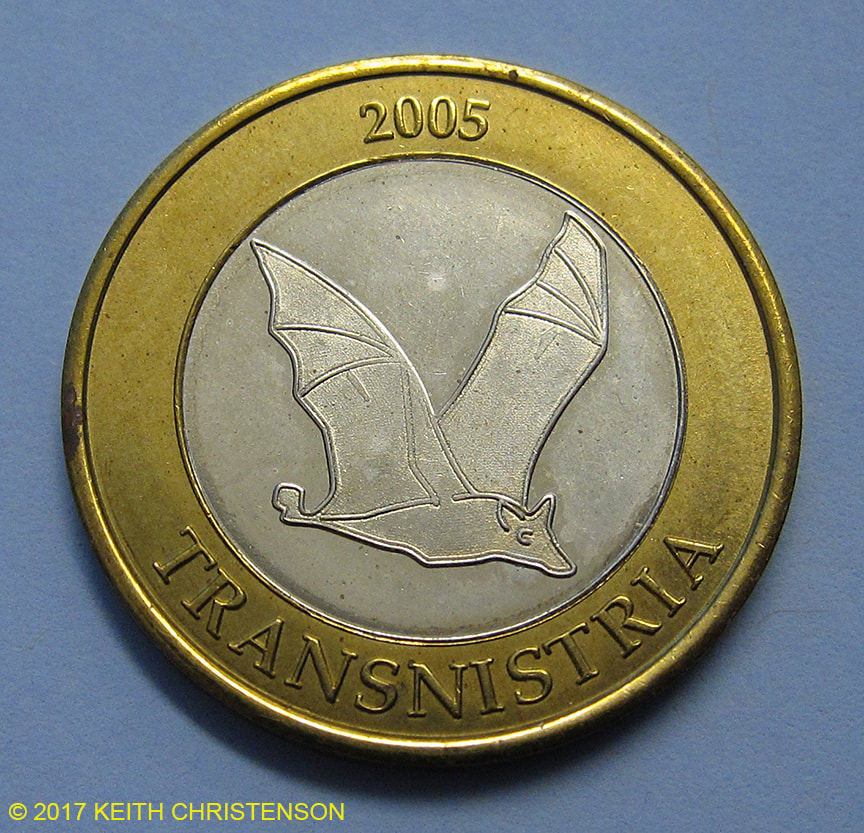
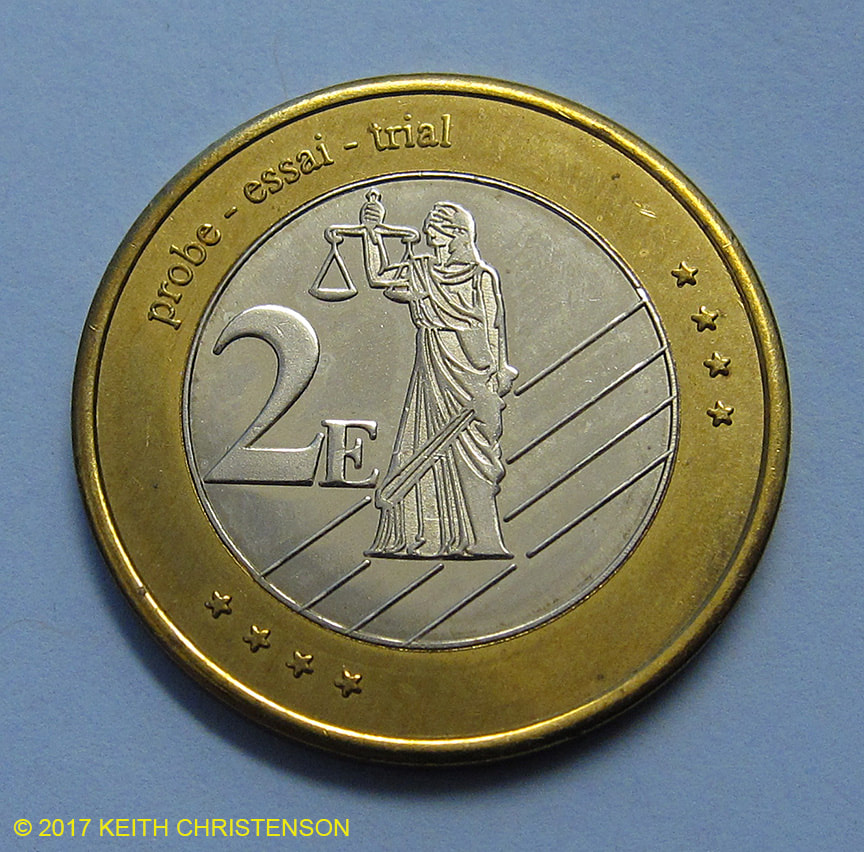
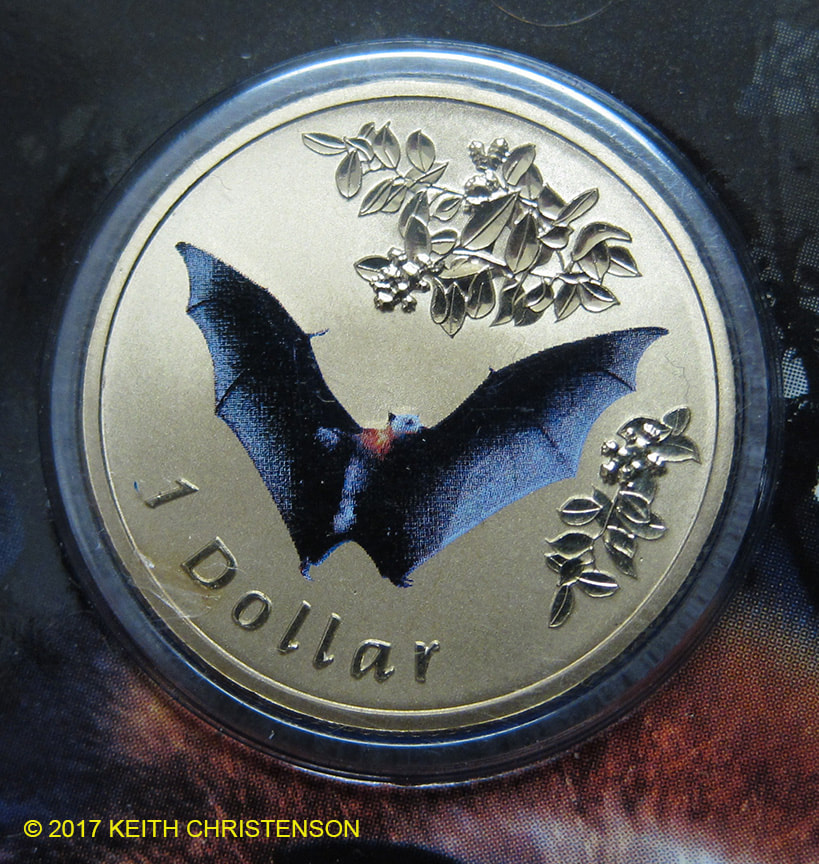
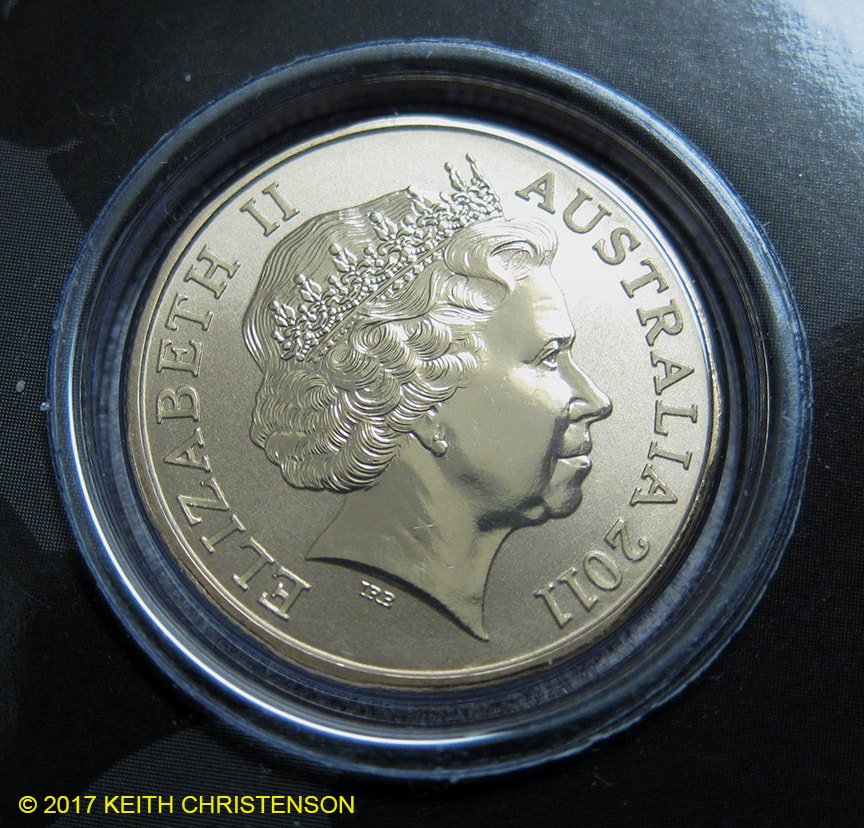
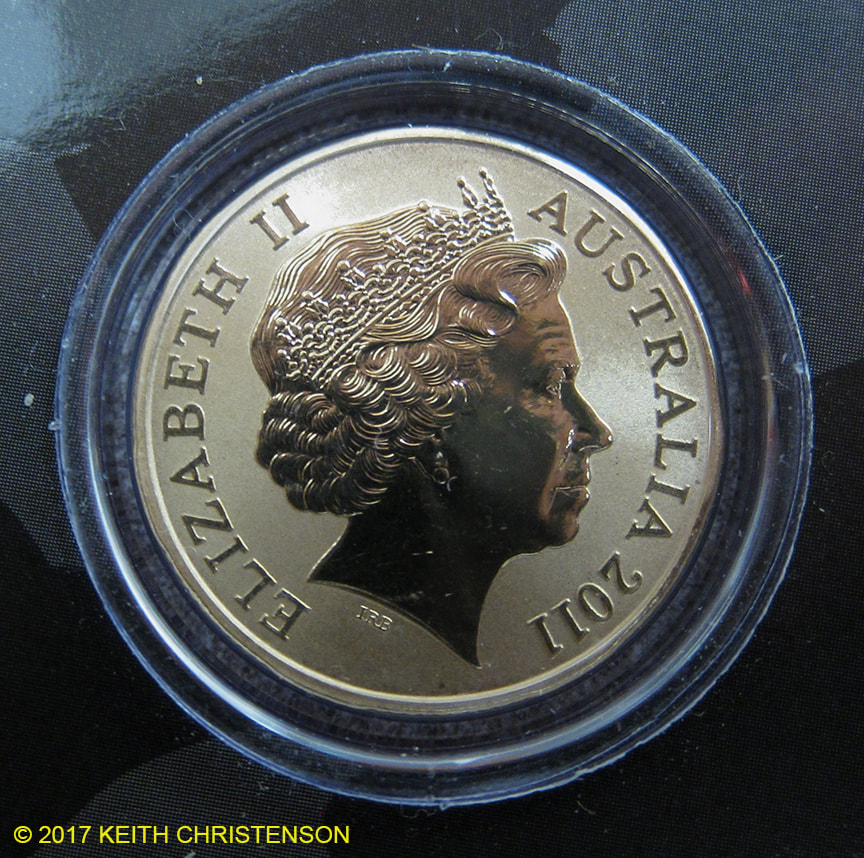

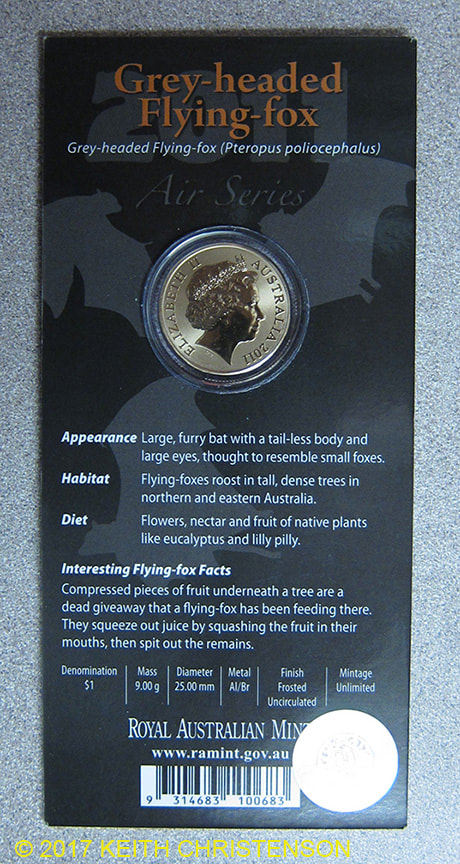

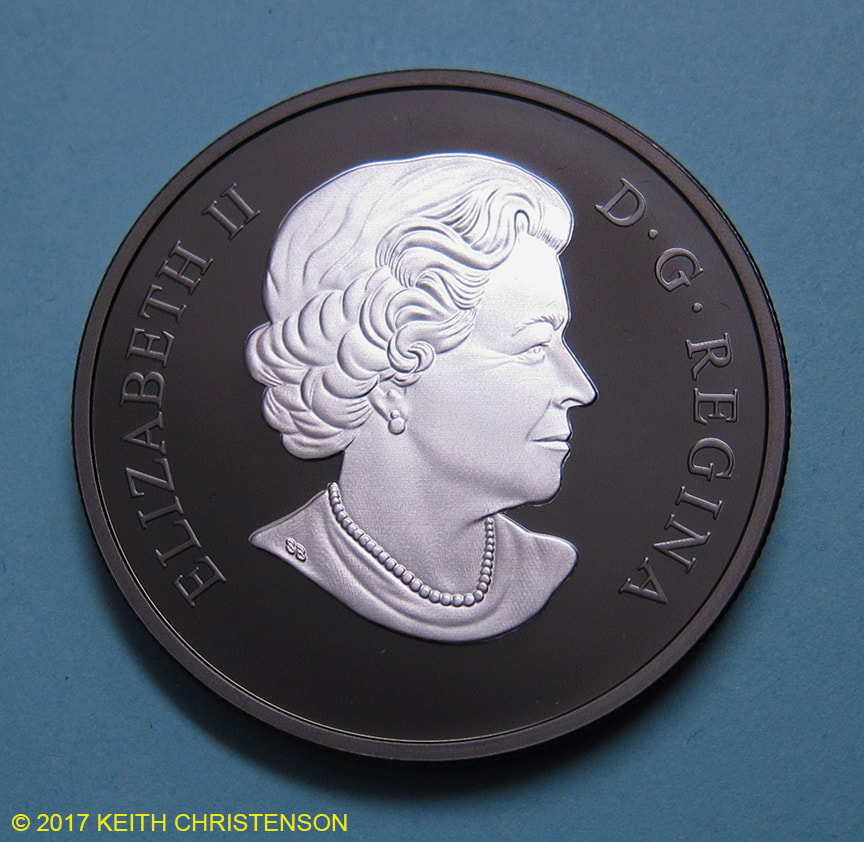
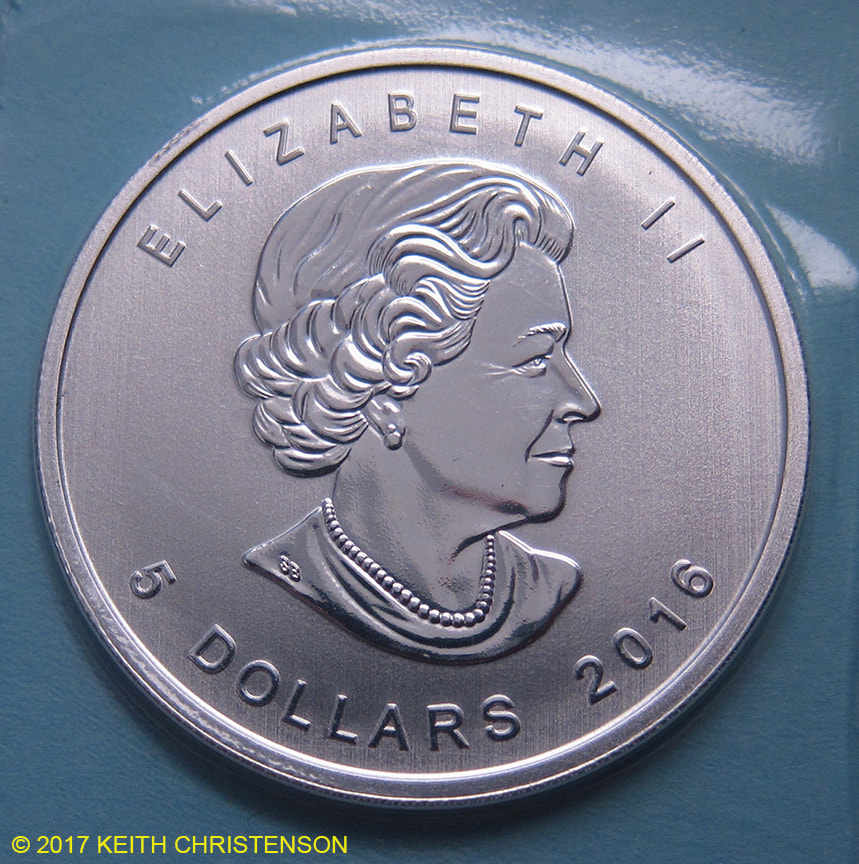
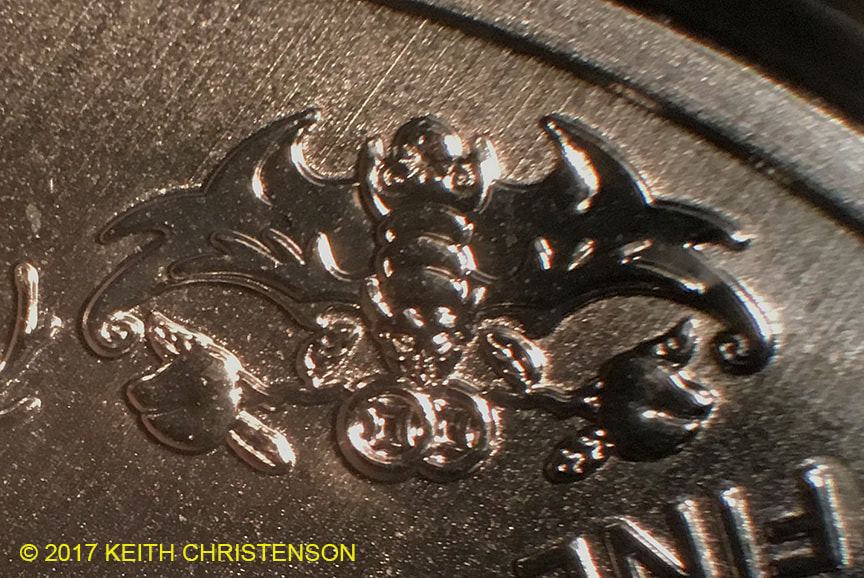
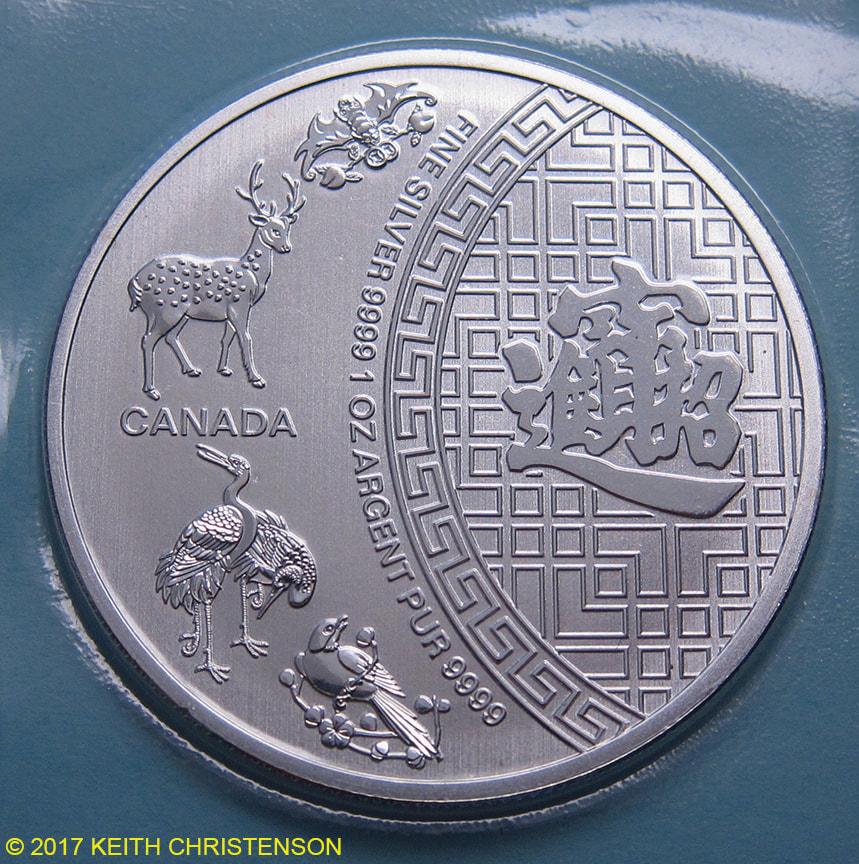
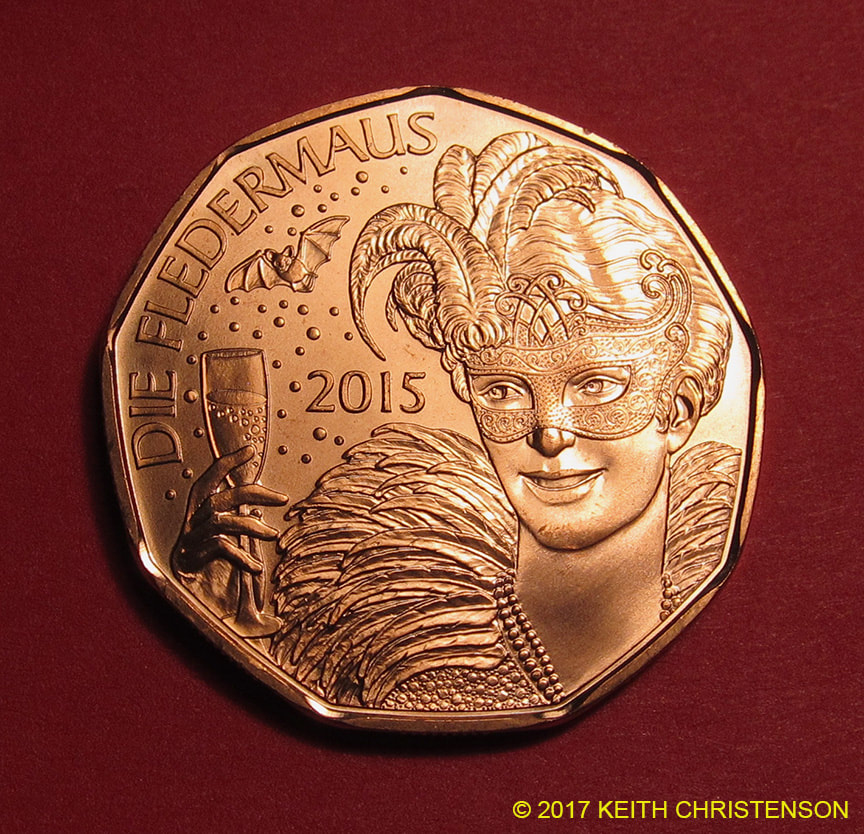
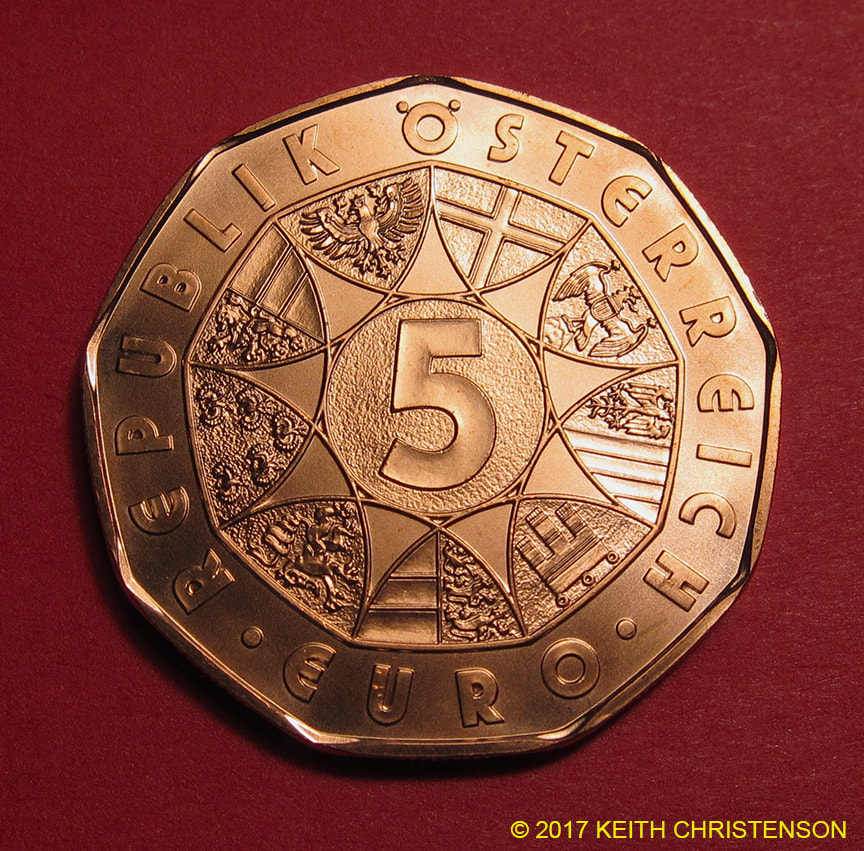
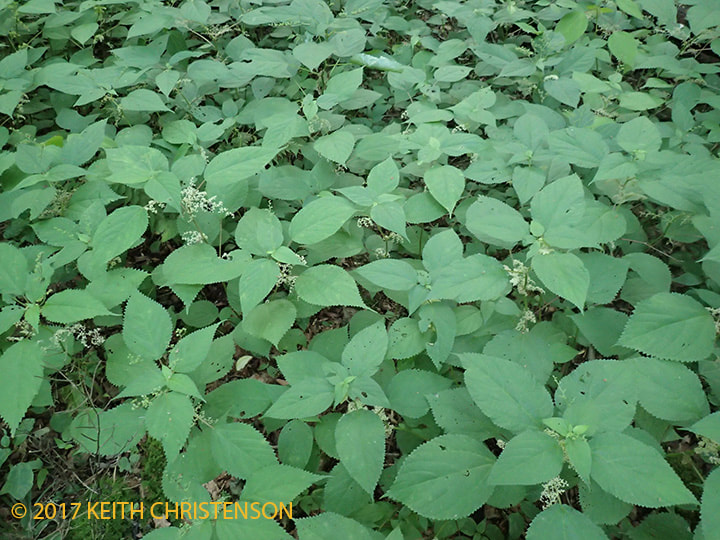
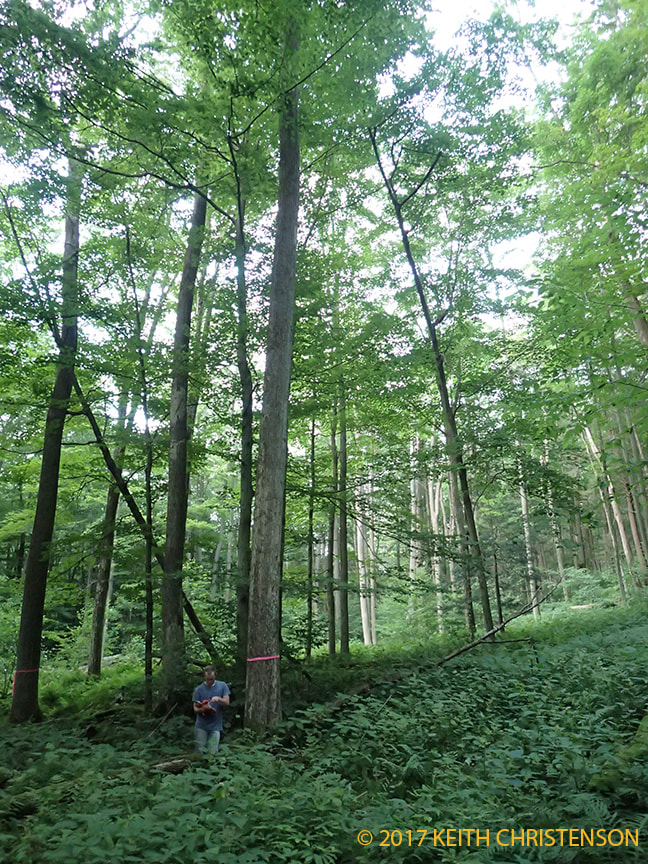
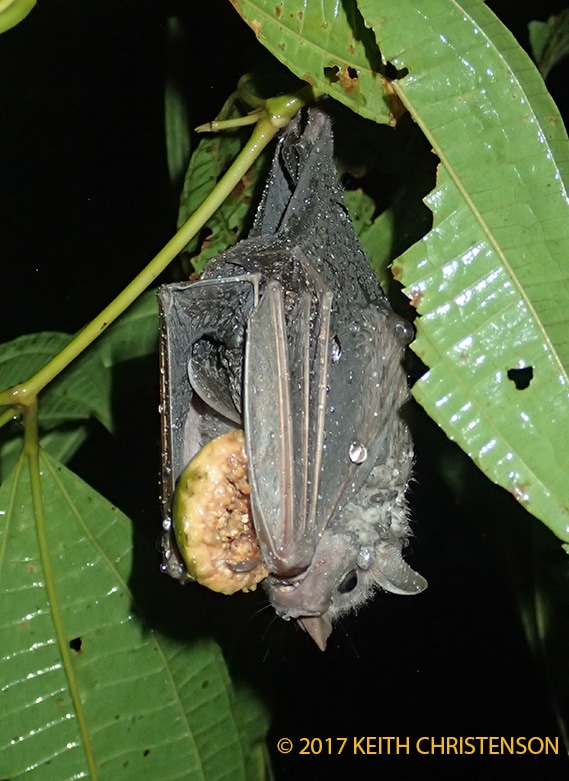

 RSS Feed
RSS Feed